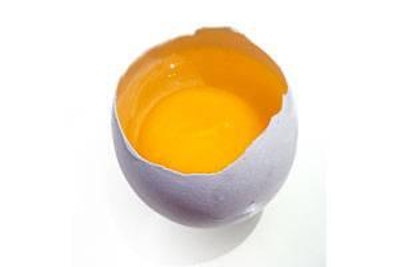
Studies conducted at Wageningen University in the Netherlands, a leading agriculture school in Western Europe, have led to a method to distinguish between organic and generic eggs.
According to the information released, high-pressure liquid chromatography is used to examine the composition of xanthophyll pigments in the yolk of eggs. It is a universal practice in Holland and Germany to incorporate synthetic carotenoids in feed to produce a deeply pigmented yolk. These synthetic compounds are forbidden in organic diets. The presence of a synthetic carotenoid confirms that the egg is not organic, irrespective of claimed status.
Pigmenting agents containing xanthophylls are derived from marigold petals and are “natural,” although a solvent extraction process is used and renders these additives unacceptable according to NOP rules. Accordingly, supplementary pigment for organic eggs in the U.S. is derived from alfalfa.

















